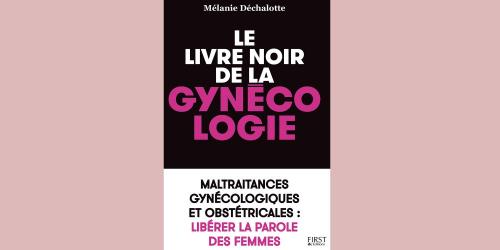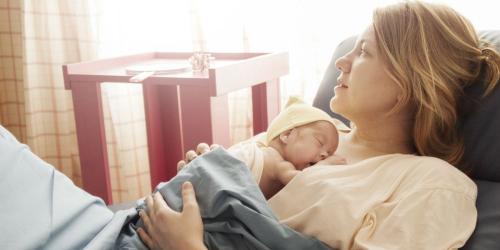Sexist, medicine?
This is what the health journalist Camille Noe Pagán implies in the famous American newspaper The New York Times . In an article published May 3, 2018, she points to a phenomenon, certainly not completely new, but more and more denounced: the minimization of the pain of women by the medical profession.
Gender disparities in research, preconceived idea that women's suffering would only be "in their head", delays in diagnosis ... It would seem that it is not good to be a woman in bad health.
"I was asking for help, but my doctor felt I did not need it"
It is by personally noting the contempt of her ill-being that the journalist decided to look into the question: "'Well, you seem to be well' kindly informed my doctor (editor's note a woman too.) I looked at her from the examination table in disbelief, I told her that I did not enjoy spending time with my children anymore and that I had trouble doing what had to be done at work and at home, "she writes. And to continue: "I knew that being unable to live one's life was the big red flag saying it was time to get help, I was asking for help, but my doctor felt that I did not need it. "
Camille Noe Pagán then receives for only prescription yoga , meditation , and a "try to sleep a little more". Methods already tested and inconclusive. Scalded by this consultation, it will then take several months to rebuild confidence in the medical profession and to undertake cognitive-behavioral therapy. An approach that works, but raises questions: "I began to wonder how common it was for women to have their health problems downplayed or rejected by a doctor."
16 minutes apart in the management of pain
According to Dr. Tia Powell, a bioethicist and professor of clinical epidemiology and population health at Albert Einstein College (New York), interviewed by the journalist, there is no doubt that this disparity is indeed present, starting at the level of medical research: "doctors and nurses prescribe less pain medication to women than men after surgery, even though women report more frequent and severe levels of pain (.. They are also more likely to be told that their pain is "psychosomatic" or emotional distress. "" She goes on to explain that a study by the University of Pennsylvania found that women would be forced to endure the pain 16 minutes longer than men before receiving painkillers when they went to the emergency room.
A situation also deplored by Dr. Fiona Gupta, neurologist and director of health and well-being in the Department of Neurosurgery at Icahn School of Medicine in Mount Sinai, New York: "I can not tell you how many women have heard from their doctors that their problems were stress- related or all in their head. " Prejudices that she says can have serious health consequences: "Many of these patients were then diagnosed with serious neurological problems, such as multiple sclerosis and Parkinson's disease.They knew something was wrong, but they had been dismissed and ordered not to trust their own intuition. "
Women and men, biologically unequal to pain
In 2012, a study published by the Swiss Medical Review 1 explained that the prevalence of pain was identical for boys and girls until adolescence. After this period, it is higher in women, "especially when it is of muscular origin, bone, visceral or in connection with an autoimmune disease," she says. Differences that "would be both gender-related, the biological dimension of the individual, and gender, namely the role assigned to it in a given social and cultural environment."
At the time, there was scientific evidence that differentiated treatment and treatment of pain in both sexes 2 : "Most people, including caregivers, believe that women have better pain management than men. However, the opposite is true with regard to pain threshold and tolerance: the pain threshold, when it is experimentally provoked by a pressure or an electrical stimulus, is lower in women. perceives pain more quickly and its tolerance is lower, especially when the pain is abdominal, related to the musculoskeletal system, unexplained or during fibromyalgia.It also reports more severe pain, a frequency of painful peaks higher and more anatomically diffuse and more persistent pains. "
In terms of the expression of suffering, the study explains that men would focus more on their physical sensations while women would focus instead on the emotional aspects of this pain. Their complaints could therefore be misinterpreted, which would lead to delayed diagnosis and poor treatment choices, as is often the case in cardiovascular diseases or endometriosis , a pathology that causes pain often wrongly put on the account of those usually caused by the rules ...
1 https://www.revmed.ch/RMS/2012/RMS-348/Hommes-et-femmes-we-are-all-games-face-to-the-delivery
2 " Sex, gender, and pain ?: An overview of a complex field", Hurley RW, Adams MCB, Anesth Analg 2008; 107: 309-17



